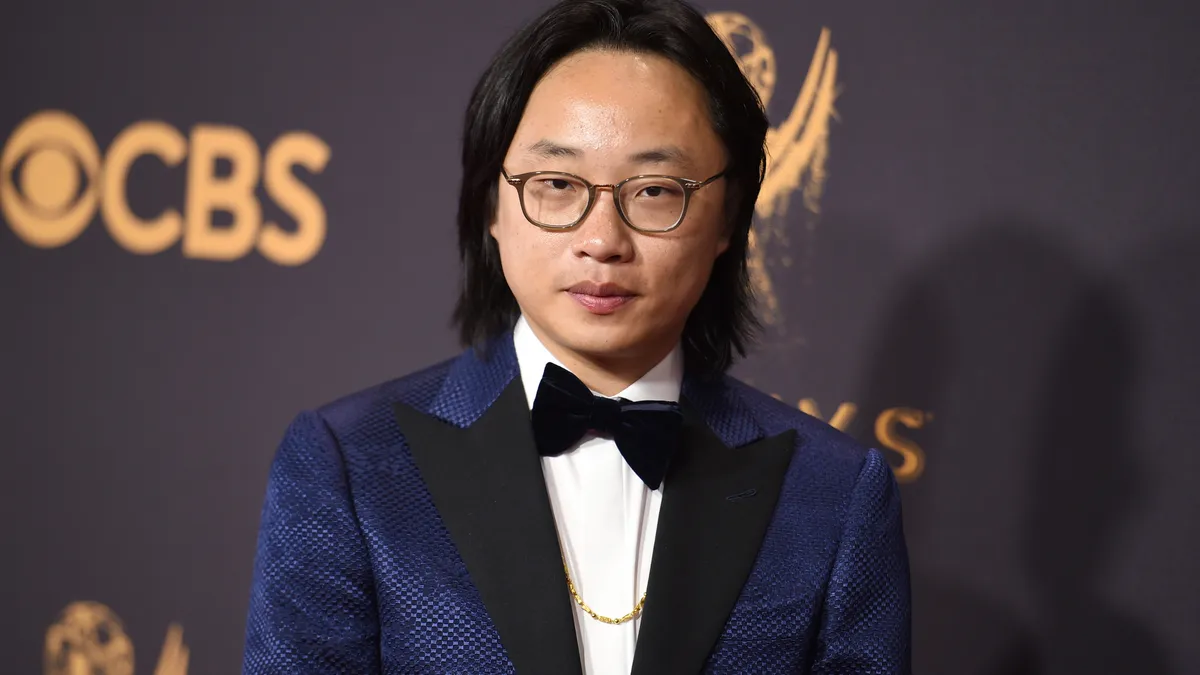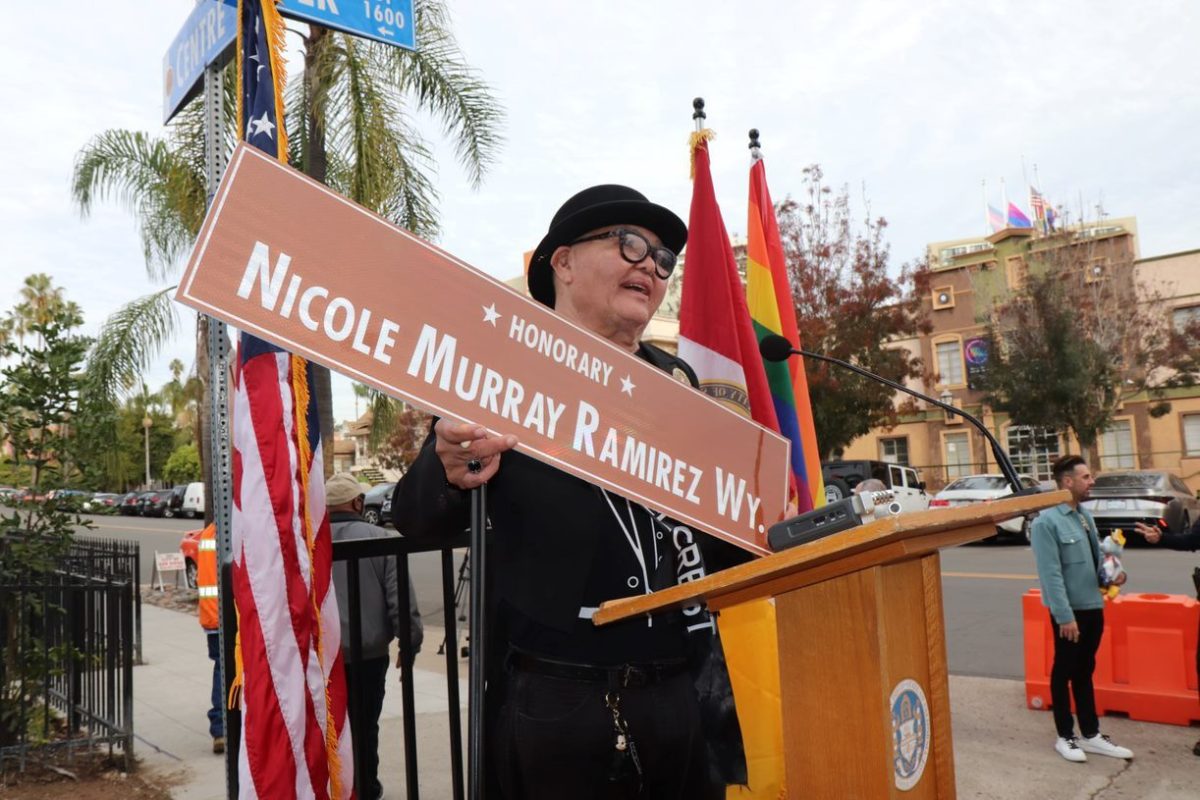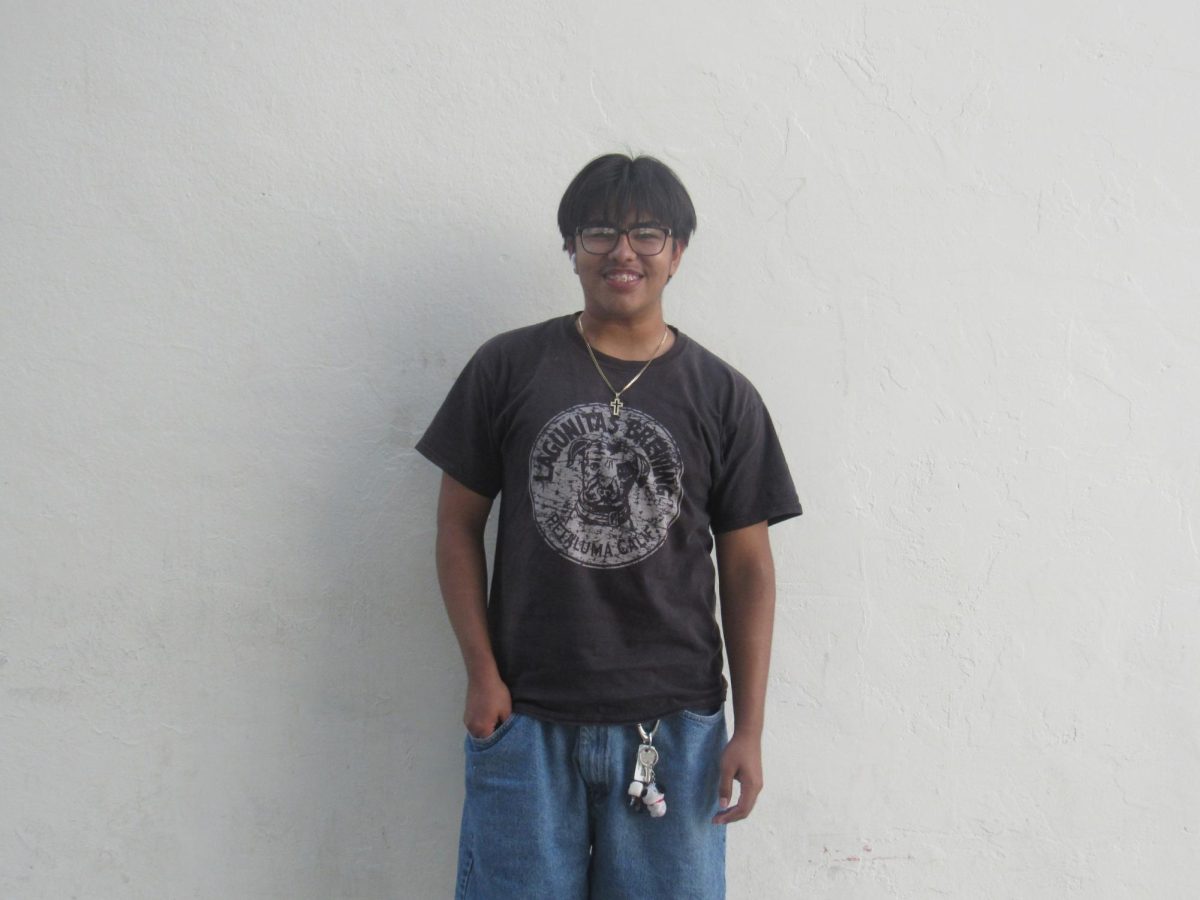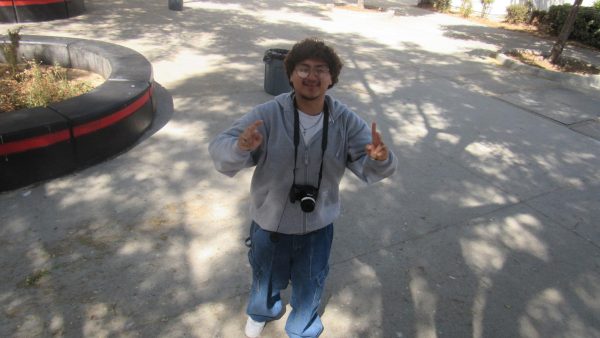Born on December 6, 1927, in Paia, Hawaii was Patsy Mink. Mink was a third-generation Japanese American, who was raised on the island of Maui. She began her education at the Hāmākua Poko Grammar School until she was around the age of four. She then transferred in fourth grade to the Kaunoa English Standard School, which was for the most part a white school with only students who could speak English and who could pass an exam before applying to the school. During her time at the school, she felt like an outcast. When she was in high school she was being treated as if she were the enemy (since when she entered high school Japan had attacked Hawaii) when she ran for and won her first election, becoming student body president her senior year. Her senior year she was the first girl to serve as president of the student body and graduate as class valedictorian in 1944.
Patsy Mink attended the University of Hawaiʻi and Nebraska, and while attending she faced racism and segregation. After an illness, she returned to Hawaii and studied law at the University of Chicago. She married geologist John Francis but struggled to find employment after their daughter’s birth in 1952. Mink had obstacles when she tried the bar examination for her Hawaiian territorial residency after her marriage. Despite passing, she struggled to find employment due to her marriage and her child. So instead she opened her practice and joined the Democratic Party. In 1955, she became the first Japanese-American woman to serve in the territorial House and Senate. In 1960, she advocated for civil rights. In 1964, Patsy T. Mink won a U.S. House of Representatives seat and served 12 terms. She introduced the Early Childhood Education Act and worked on the Elementary and Secondary Education Act. In 1970, she opposed a Supreme Court nominee for discrimination against women. In 1972, she co-authored the Title IX Amendment of the Higher Education Act.




















